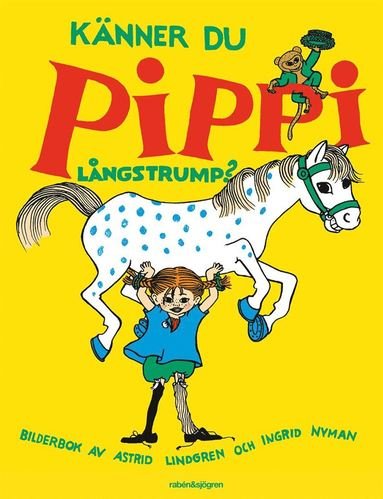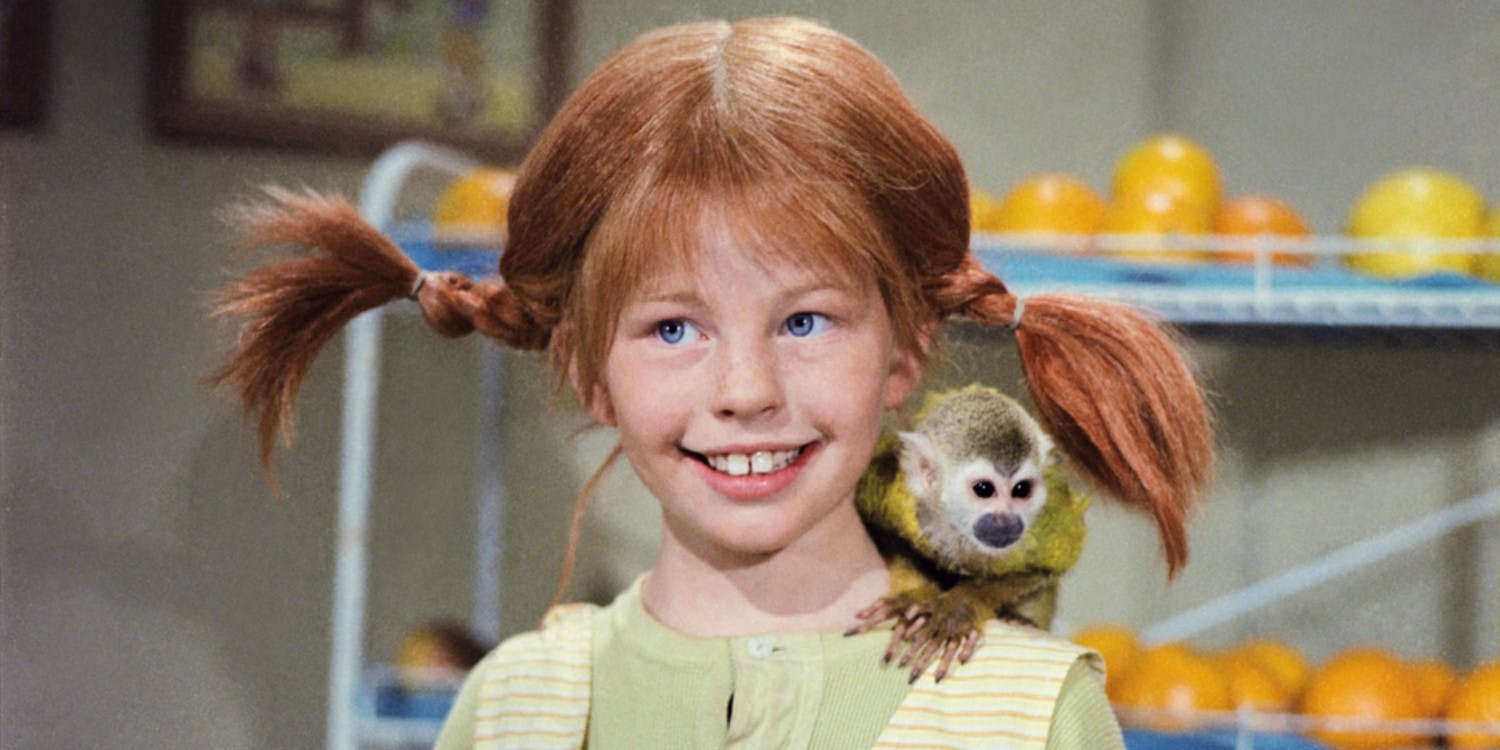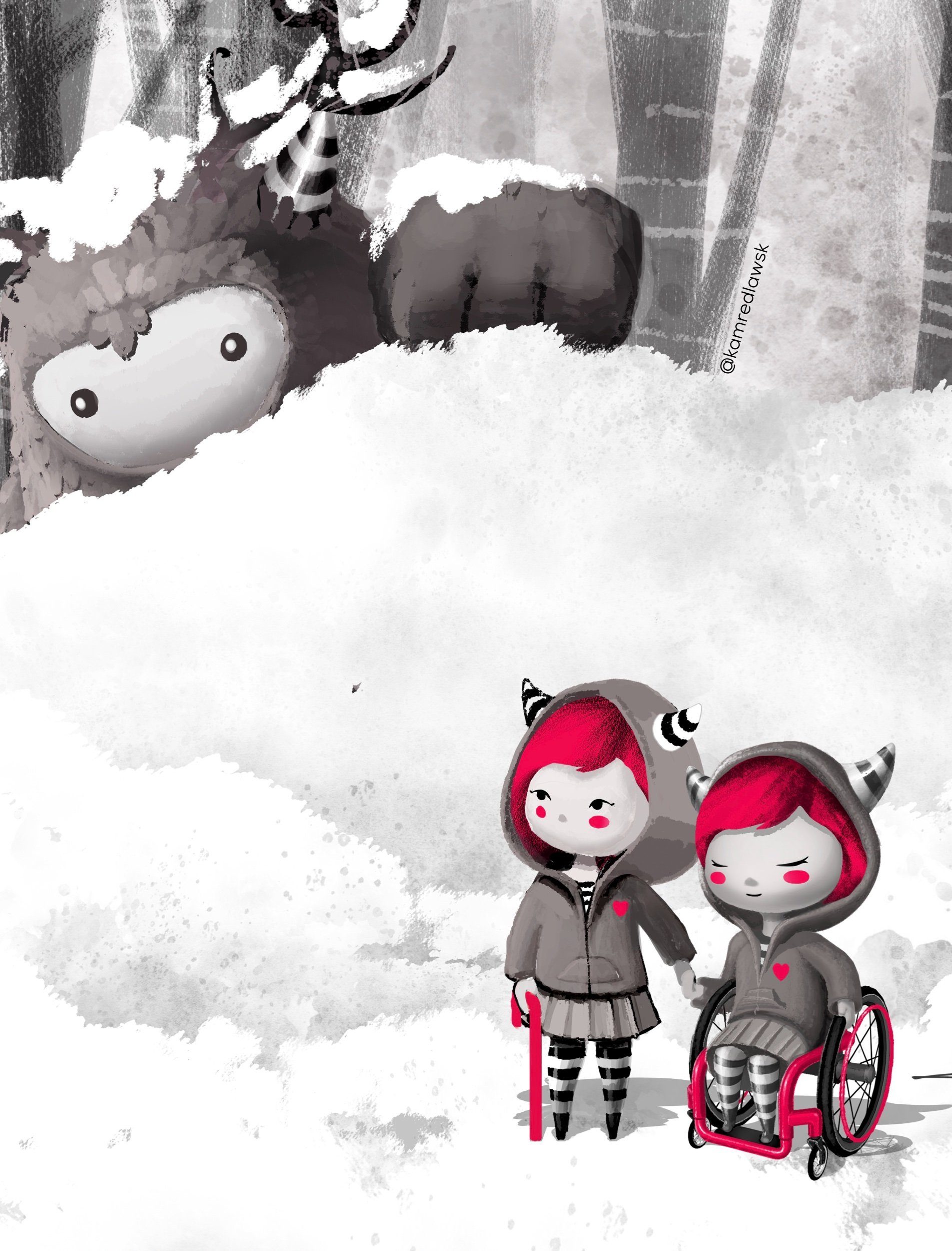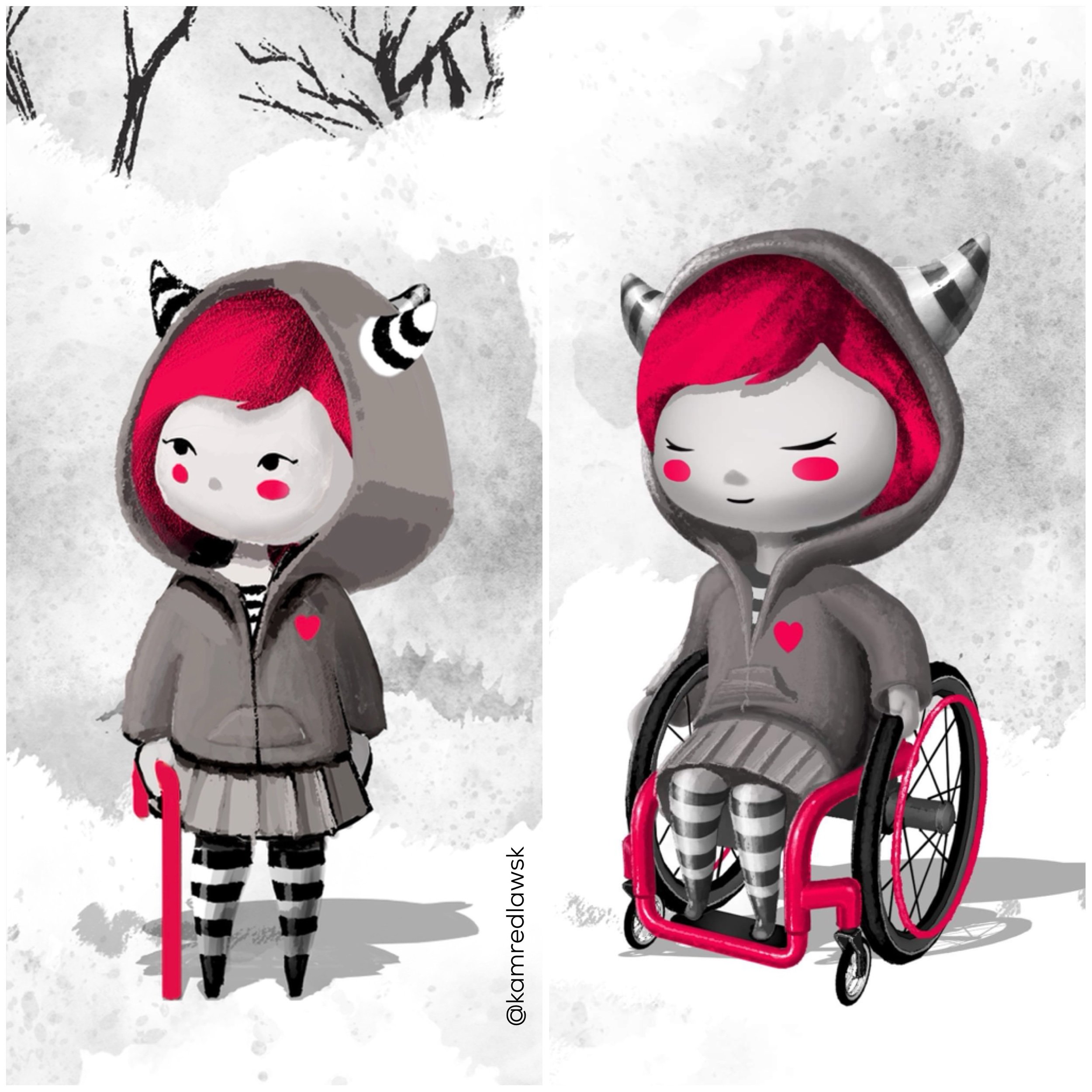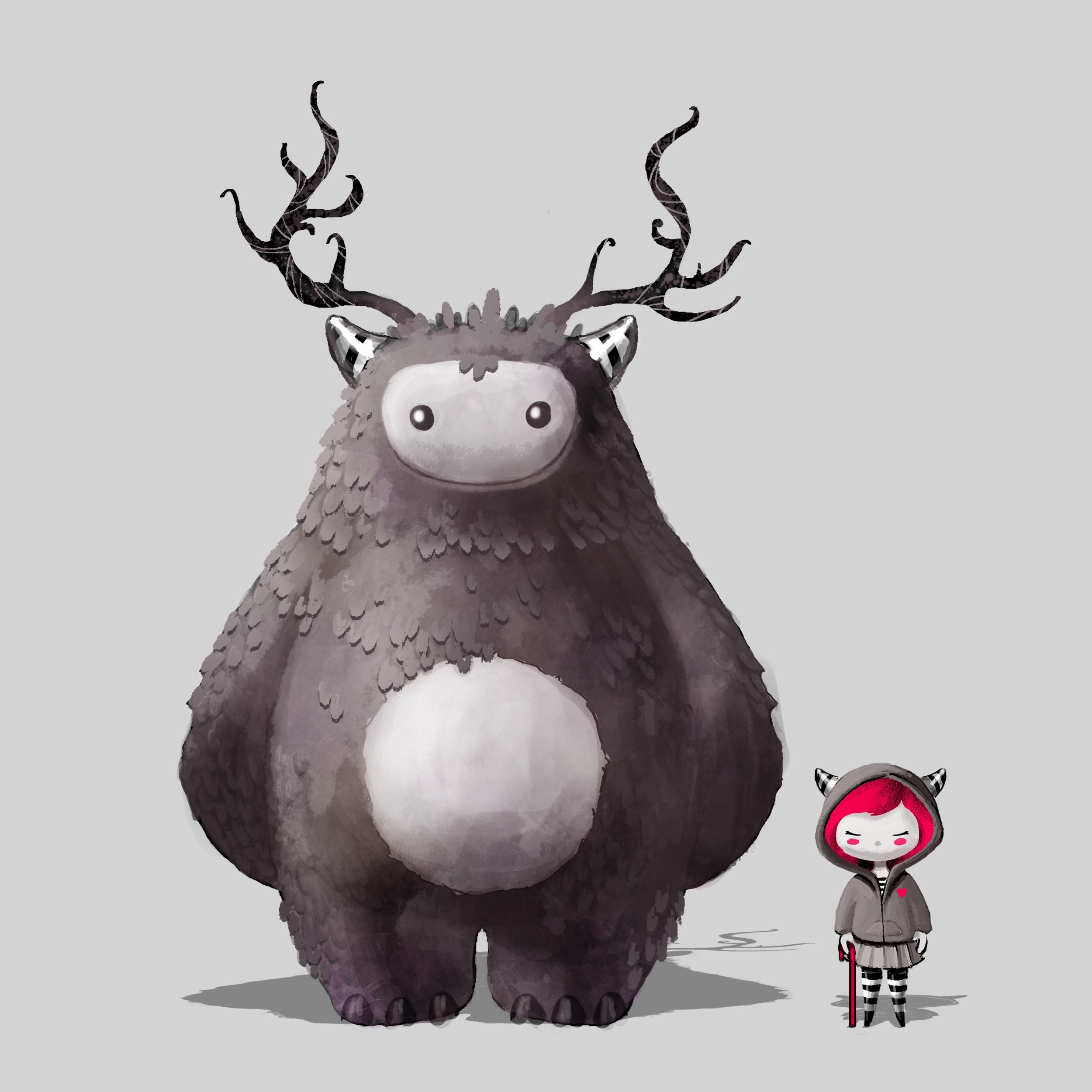Swedish author and activist Astrid Lindgren was born in 1907, and is most famous for Pippi Longstocking. She’s the eighteenth most translated author in the world and was a staunch and public political activist for children, animal and human rights, racism, environmentalism and world peace, all while often taking on the establishment. She penned the daring yet compassionate anarchist Pippi Longstocking; the personality with the red pigtails, freckles, mismated socks and an orphan who would make waves in stale middle-class suburbia.
“There was a complete emptiness in children’s culture in Germany after the war,” Lindgren says. “When all the Nazi books and culture had been thrown away, there was a vacuum, and then Pippi came and filled it up.”
Lindgren’s daughter, who is credited with coming up with the Pippi Longstocking name as a child while in bed, could never really identify with Pippi’s willful, independent, progressive, unconventional, anti-authoritarian, freedom lover who was ahead of her time. It was instead her mother, Lindgren, who mirrored Pippi Longstocking's zest. Lindgren defied times by wearing pants, jackets and sporting short blonde hair. She was an influential activist, author of 30 children’s books and businesswoman in a time when women rarely were asked what they thought. She lived during the Holocaust times and tried to make sense of it, fighting back against any and all wars through writing & fiction. In spite of depression and fear, she was still climbing trees at 70. She lived to see 94 years on earth.
Pippi Longstocking was one of my favorite childhood characters. We named our pup after her. As a kid I loved Pippi's subversive feistiness and ability to people to see differently and prove their perception of her as wrong, while turning conservative towns upside down. These kinds of figures greatly influenced who I am today.
It wasn't until I was an adult I realized my favorite books and influences as a child were strong female characters, many of which fiery red-headed orphans like Pippi Longstocking, Anne of Green Gables and Orphan Annie, which is interesting.
Red hair was typically allocated for “misfits” or “outsiders” and attached to negative stereotypes and unfair prejudices (yes, us humans are weird and scared of anything that’s different). This is most likely why orphans were oftentimes depicted as redheads (Still are. Look at Queen's Gambit), because orphans are typically pitied outsiders, and seen as the unwanted, especially in older literature. So the one romanticized diamond-orphan-in-the-rough success story of a charmed abandoned girl (Annie, Punky Brewster, Pippi..) proving her town wrong was the basic plot for a lot of these stories. These spunky, sassy and unique characters who stood out from their more ordinary surroundings were perhaps, because, as an outsider, they had so much more to prove.
It's funny. I'm an adoptee who ended up with red hair and similar to a lot of the characters I looked up to. Plus I created a little redheaded girl picture book. Interesting how we are influenced without realizing it. The representations we see do matter, and somehow I saw myself in these characters as a kid without fully drawing the connection that I was an orphan too.

